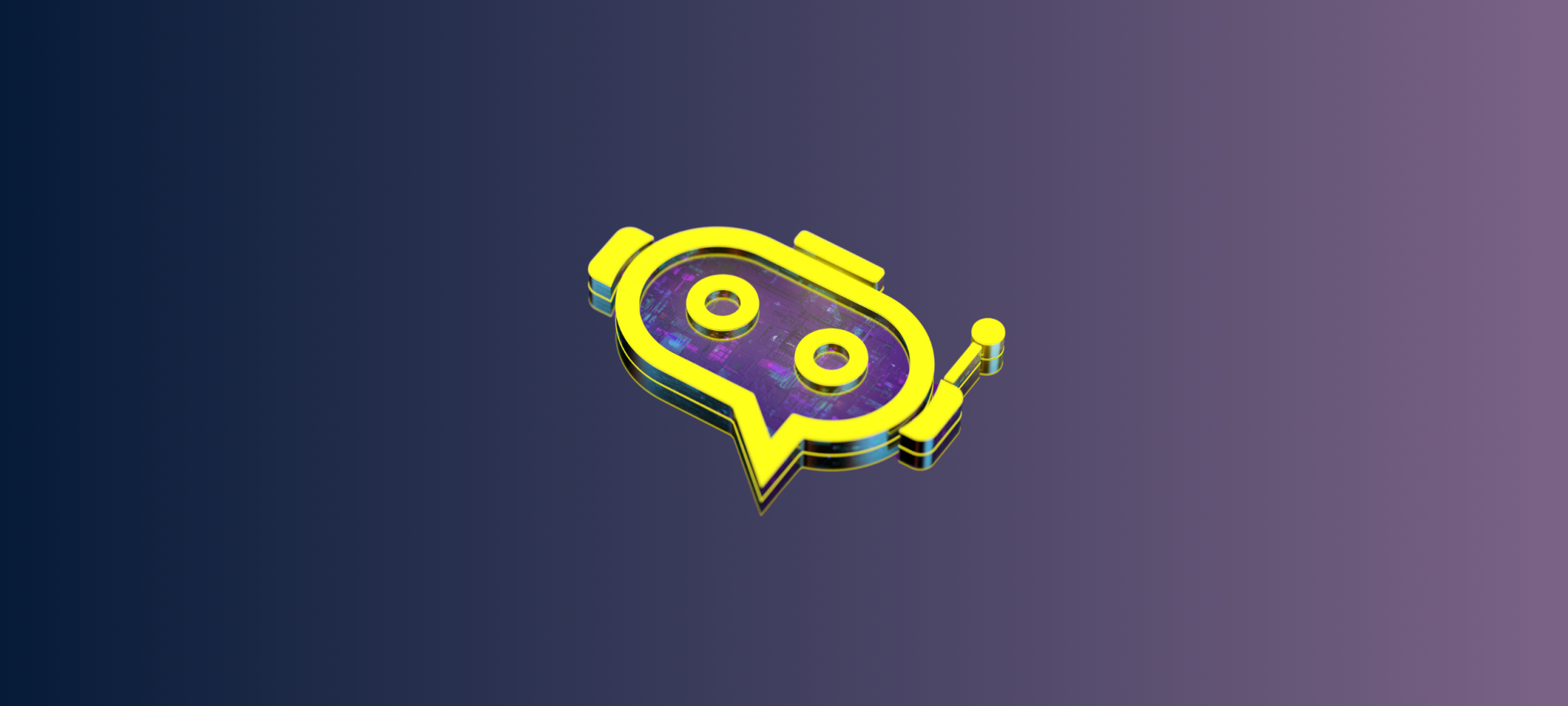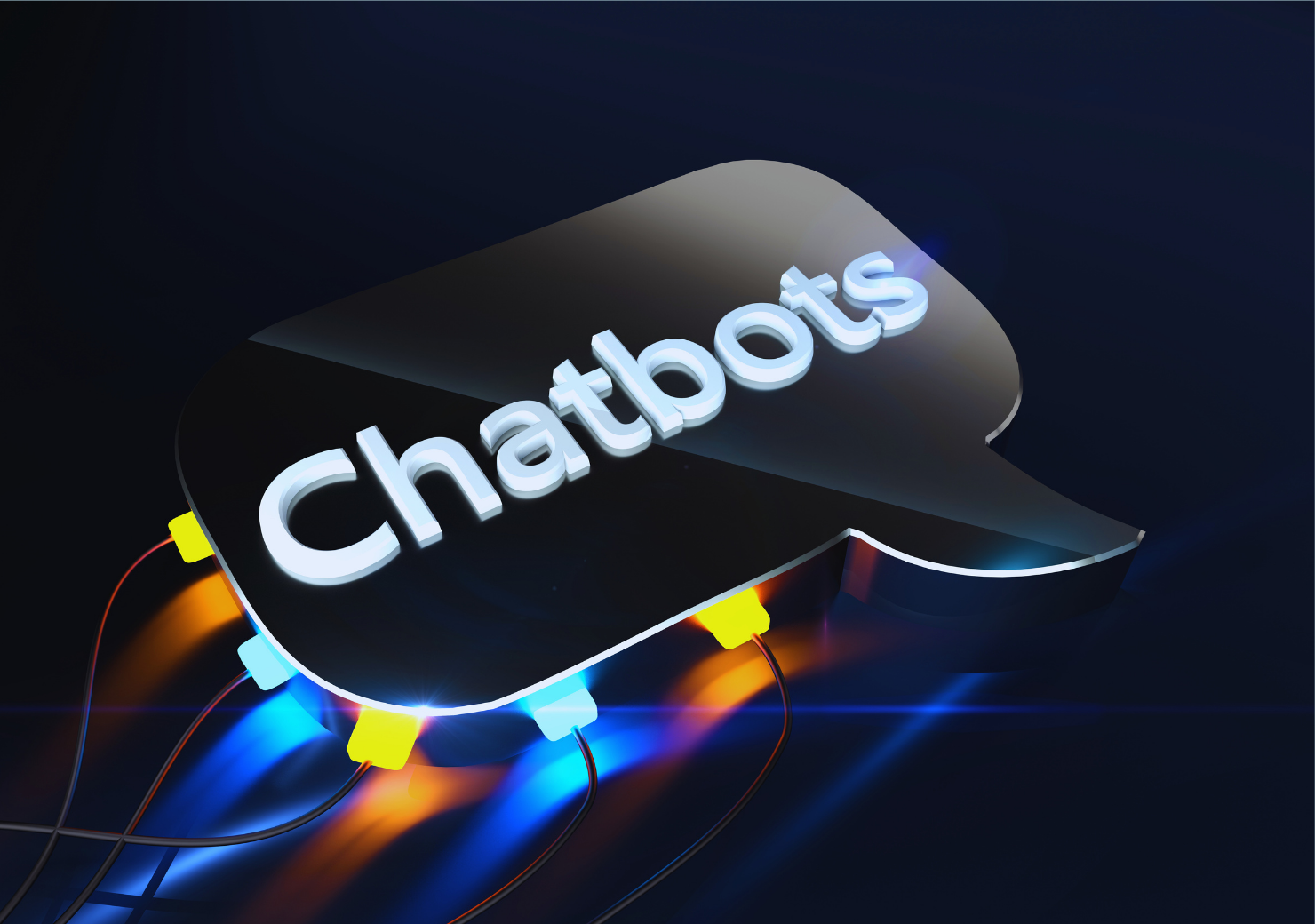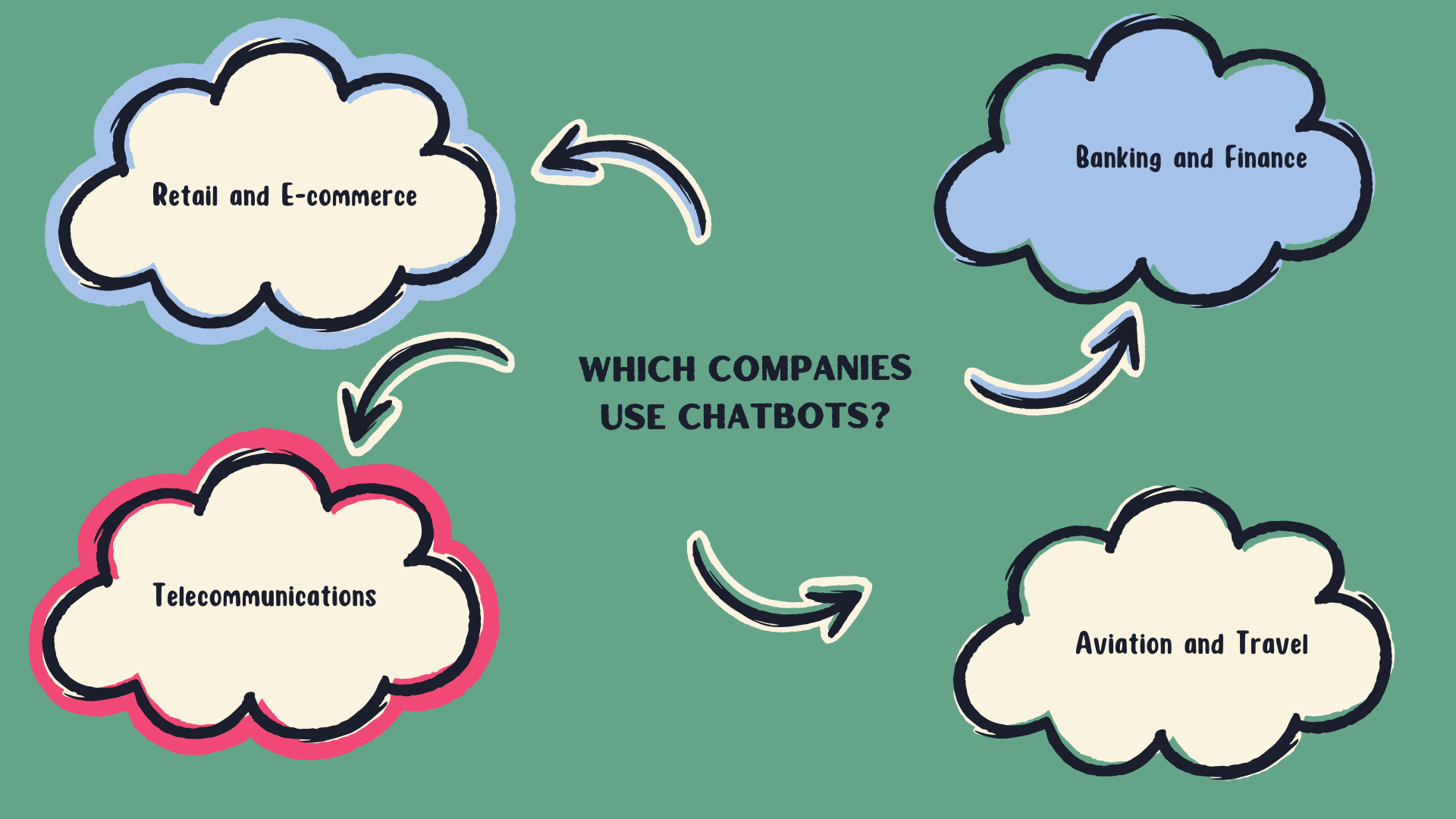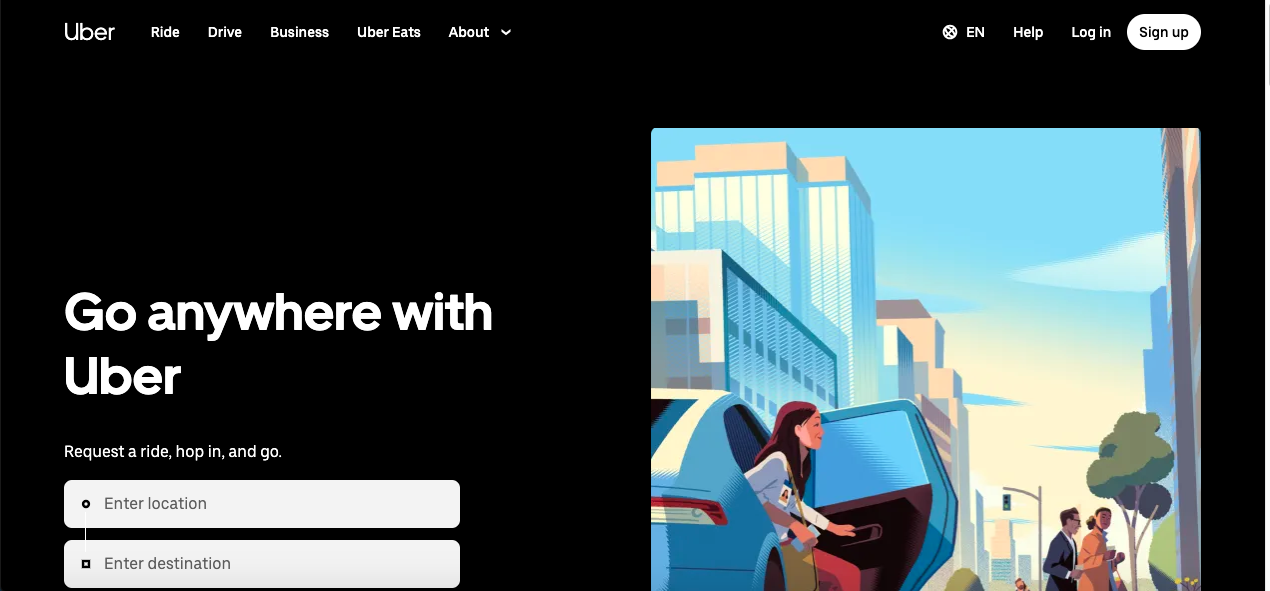Today, with the rapid digitalization, a significant transformation is taking place in the field of customer service. At the center of this transformation are AI-powered chatbots. Thanks to chatbots, businesses can offer faster, more personalized, and cost-efficient services to customers. However, alongside the opportunities that chatbots provide, there are strategies that need to be employed effectively, as well as challenges that can be encountered. In this article, we will explore how chatbots contribute to customer service in various aspects.
What is a Chatbot? What Does It Do?
Chatbots are software programs that can communicate with users in natural language, either in written or spoken form. Equipped with artificial intelligence and natural language processing (NLP) technologies, these programs are frequently used in customer service processes. The purpose of chatbots is to quickly and accurately respond to users’ questions, provide the information they need, and solve frequently encountered problems. For example, in an e-commerce site, chatbots can help customers with product searches, order tracking, or return processes. Since these processes are automated, the need for human representatives decreases, and businesses can operate more efficiently.
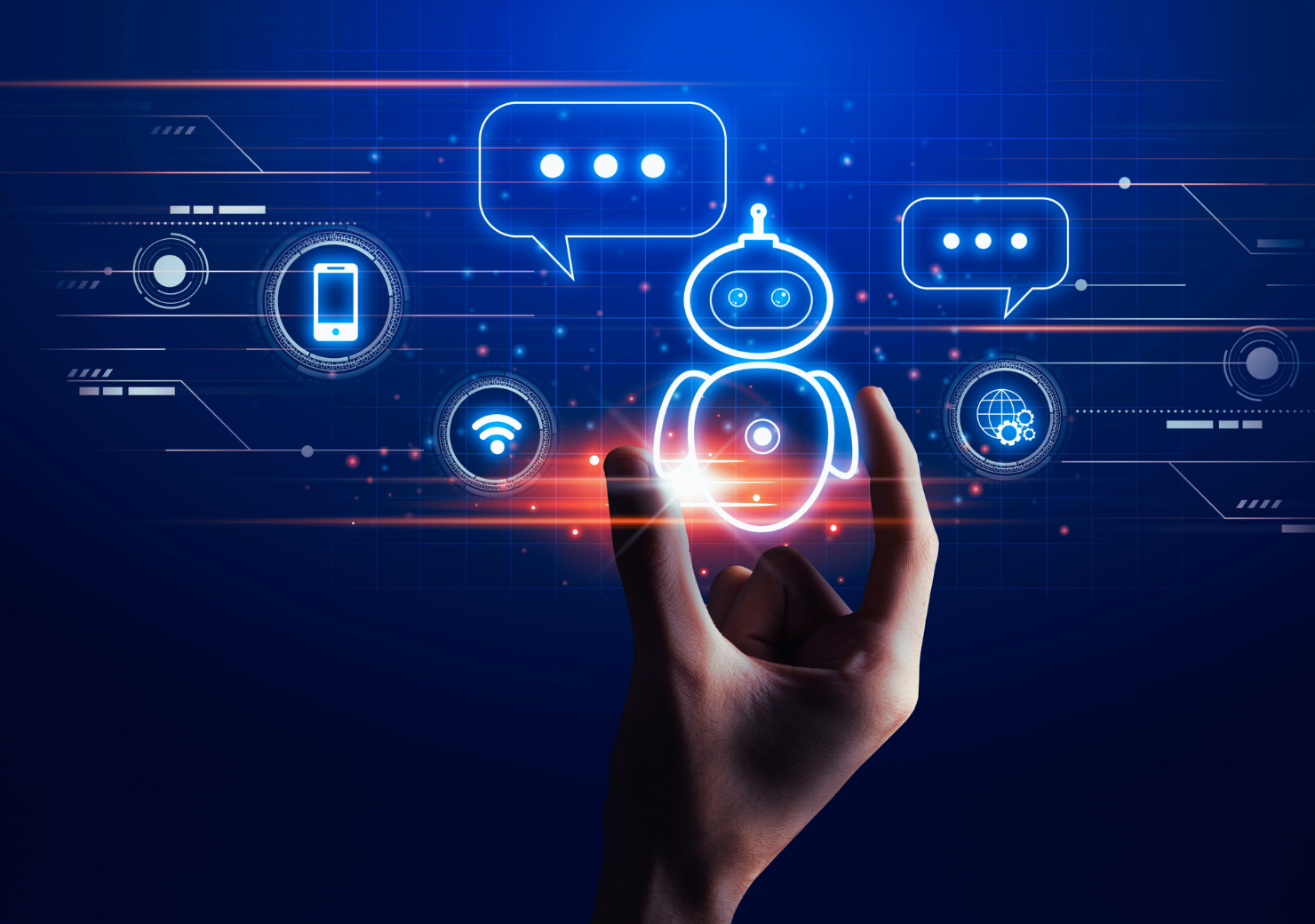 24/7 Customer Support: How Do Chatbots Provide Continuous Service?
24/7 Customer Support: How Do Chatbots Provide Continuous Service?
One of the most obvious advantages of chatbots is their ability to provide uninterrupted service at any time of the day. While human employees are limited to specific working hours, chatbots eliminate this limitation. Chatbots can actively answer customer inquiries, solve problems, or provide product information at all times. This feature provides a significant competitive advantage, especially for international businesses operating across different time zones. Customers can receive the support they need even during the night or weekends, finding solutions to their problems without delay through chatbots.
Reducing Waiting Times: The Instant Response Capability of Chatbots
Waiting times in customer service are a critical factor in customer satisfaction. Long wait times negatively affect customers’ perception of service quality. Chatbots, with their ability to provide instant responses, largely eliminate this problem. Chatbots, which can serve thousands of users at the same time, minimize waiting times and respond quickly to customers’ needs. Especially during busy periods or promotions, chatbots provide immediate support to customers, preventing potential dissatisfaction. These quick responses significantly improve the overall performance of customer service.
Personalized Experience: How Do Chatbots Recognize Customer Needs?
Chatbots have a great potential for personalizing the customer experience. Through artificial intelligence and machine learning algorithms, chatbots can analyze customers’ previous interactions, purchasing habits, and browsing histories. This allows them to offer personalized recommendations or provide solutions tailored to the customer’s needs based on past experiences. For example, if a customer frequently shops in a specific product category on an e-commerce site, the chatbot can recommend new products or discounts in that category. This personalized approach ensures a better customer experience and increases customer loyalty.
While chatbots provide significant convenience in customer service processes, they may not always be sufficient. Complex or emotionally sensitive situations require human customer representatives. However, collaboration between chatbots and human representatives can enhance the quality of customer service. Chatbots can automatically answer simple and repetitive questions, saving time for human representatives. Human representatives can then focus on more complex and difficult-to-solve issues. This collaboration allows customer service to operate more effectively and efficiently. For example, a chatbot can guide a customer with a technical issue through specific steps, but if the problem isn’t resolved, it can transfer the customer to a representative.
Problem Solving with Chatbots: The Power of Automation in Providing Quick Solutions
Since chatbots have access to a vast database, they can quickly solve common problems customers encounter. For example, if a customer is experiencing an internet connection problem, the chatbot can guide the customer step-by-step to resolve the issue. Resolving such problems quickly increases customer satisfaction and reduces the workload of customer service. Additionally, chatbots continuously learn and develop their ability to solve more complex problems.
Increasing Customer Satisfaction: Best Practices in Using Chatbots
There are certain strategies for maximizing customer satisfaction when using chatbots. First, ensuring that chatbots use a user-friendly and understandable language positively affects the customer experience. Additionally, regularly updating and optimizing chatbots ensures that they provide more accurate and up-to-date information to customers. It is also important to quickly transfer customers to a representative when human intervention is needed. Using chatbots in this way strengthens trust in the business and increases customer satisfaction.
How Chatbots Reduce Costs: Enhancing Efficiency
Chatbots are essential tools for cost savings in customer service. They minimize personnel costs by reducing the need for human resources. At the same time, the ability of chatbots to serve many customers simultaneously increases operational efficiency. Especially during peak periods, businesses can easily meet the increased customer demand through chatbots. This both reduces costs and improves the performance of customer service.
Multilingual Support: Reaching Global Customers with Chatbots
In a globalized world, it is increasingly important for businesses to cater to international customer bases. Chatbots, by offering multilingual support, can serve customers in different languages. This feature allows businesses to quickly and effectively support customers in various regions. Additionally, chatbots eliminate language barriers, increasing customer satisfaction and making it possible to reach a broader customer base globally.
What are the rates of companies using Chatbots by sector?
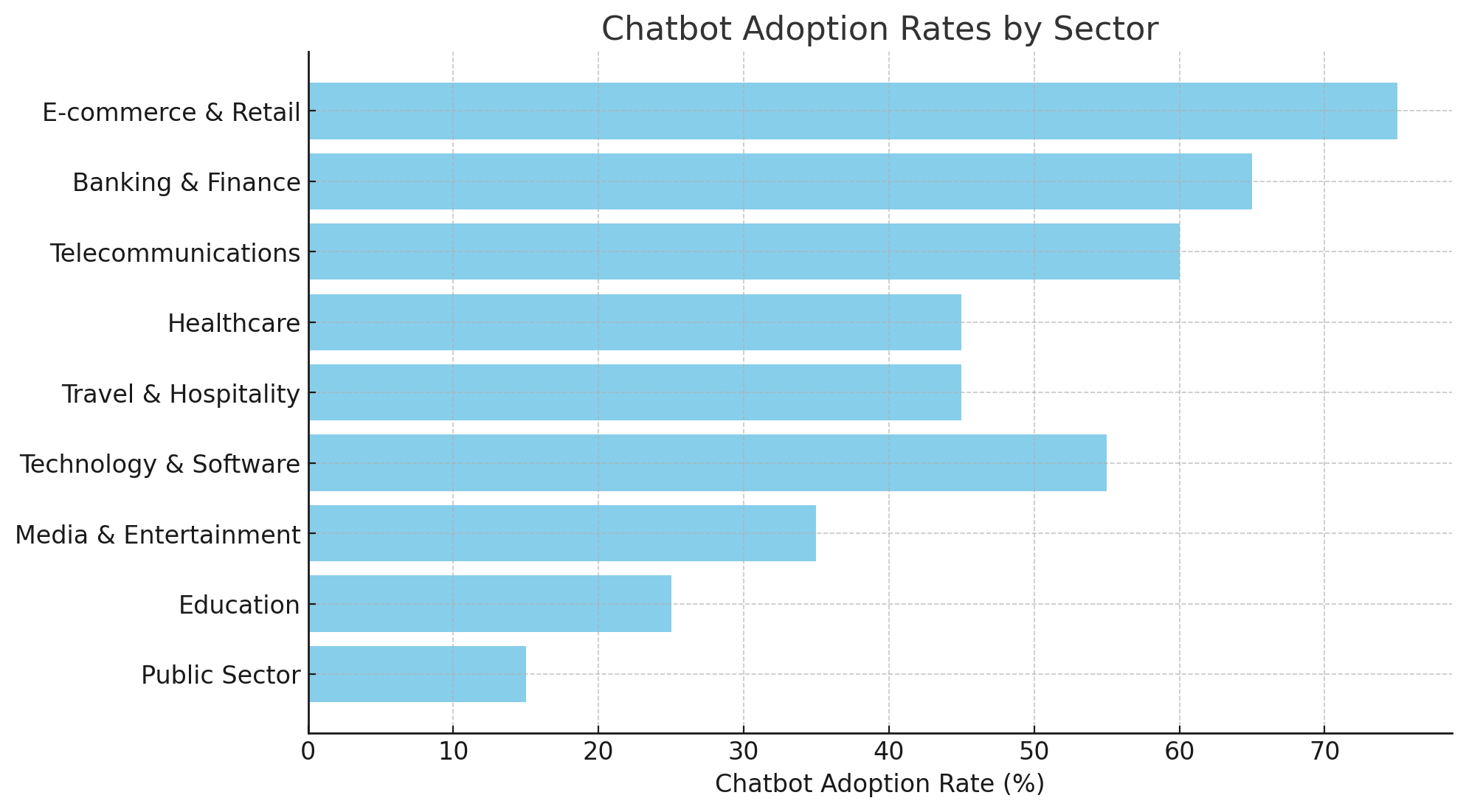 Chatbot usage rates vary greatly between sectors. In sectors such as e-commerce, retail, banking and telecommunications, which require high customer interaction and continuous support, chatbot usage rates are quite high. For example, the chatbot usage rate in e-commerce and retail is around 70-80%, while in banking and finance it is between 60-70%. Although chatbot use is also widespread in sectors such as healthcare, travel and technology, it remains more limited due to privacy, data security and complex transaction processes. In sectors such as education and public services, chatbot usage rates are between 10-30%, and chatbot usage in these areas is expected to increase in the coming years. In general, sectors that require high customer interaction use chatbots extensively, while sectors that are undergoing slower digital transformation processes are more limited in their use of chatbots.
Chatbot usage rates vary greatly between sectors. In sectors such as e-commerce, retail, banking and telecommunications, which require high customer interaction and continuous support, chatbot usage rates are quite high. For example, the chatbot usage rate in e-commerce and retail is around 70-80%, while in banking and finance it is between 60-70%. Although chatbot use is also widespread in sectors such as healthcare, travel and technology, it remains more limited due to privacy, data security and complex transaction processes. In sectors such as education and public services, chatbot usage rates are between 10-30%, and chatbot usage in these areas is expected to increase in the coming years. In general, sectors that require high customer interaction use chatbots extensively, while sectors that are undergoing slower digital transformation processes are more limited in their use of chatbots.
Advantages and Disadvantages of AI-Powered Chatbots
While chatbots offer many advantages in customer service, they also present some challenges. Advantages include 24/7 service, cost savings, reduced waiting times, and personalized experiences. However, chatbots may not always fully meet customer expectations. For instance, some customers may feel uncomfortable interacting without human contact, or technical errors may affect the functionality of chatbots negatively. Therefore, using chatbots in a balanced way alongside human customer representatives is crucial for maximizing customer satisfaction.
Chatbots are among the technologies revolutionizing customer service and offering significant advantages to businesses. Their ability to provide 24/7 service, reduce waiting times, and offer personalized experiences are key elements that enhance customer satisfaction. However, integrating chatbots with human customer representatives ensures the best results in customer service. When used with the right strategies, chatbots have great potential to improve customer service and will continue to play an important role in the digital transformation processes of businesses.
Which companies use chatbots?
Chatbot technology is used by many companies to improve efficiency in customer service, sales, marketing, and operational processes. Here are some sectors and prominent companies that use chatbots:
Retail and E-commerce
- Amazon: Alexa serves both as a customer support tool and a personal assistant.
- H&M, Sephora, Zara: These companies use chatbots to help users with product recommendations and facilitate easy shopping.
- Walmart: Actively uses chatbots in customer support services.
Banking and Finance
- Bank of America (Erica): Assists customers with digital banking transactions via Erica, a chatbot.
- Garanti BBVA (Ugi): Ugi is used in customer service to assist users with various banking transactions and information queries.
- Ziraat Bank: Offers chatbot integration to facilitate transactions for users through its mobile application.
Telecommunications
- Vodafone (TOBi): TOBi assists customers with billing information, package changes, and customer support.
- Turkcell: Uses various chatbot solutions to reduce call center load and enhance customer experience.
Aviation and Travel
- Pegasus: Uses chatbots to help passengers with flight information and ticket purchases.
- Emirates, KLM: These airlines use chatbots to assist customers with flight reservations, information inquiries, and check-in processes.
- Uber: Provides various chatbot solutions for both drivers and passengers for information and support.
Healthcare
- Cigna: Offers chatbots that help users get information on health and insurance.
- Florence: Developed as a chatbot to provide health information to individuals during the Covid-19 pandemic.
Technology and Software
- Google (Google Assistant): Used as both a chatbot and a digital assistant to meet users’ needs across different areas.
- Microsoft (Cortana): Designed to assist both within companies and for end-users.
- IBM (Watson): Provides chatbot solutions specifically tailored to various industries like healthcare and banking.
Media and Entertainment
- Netflix: Includes chatbot features that allow users to receive movie recommendations and get information.
- Spotify: Uses chatbot integrations that enable users to receive music recommendations and resolve issues.
- CNN, BBC: Offer chatbot solutions for users to get news, make information queries, and more on news websites.
In these sectors, the use of chatbot technology is becoming increasingly widespread, providing significant advantages in improving customer experience, reducing costs, and accelerating business processes.


